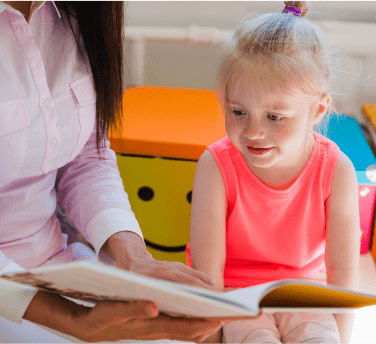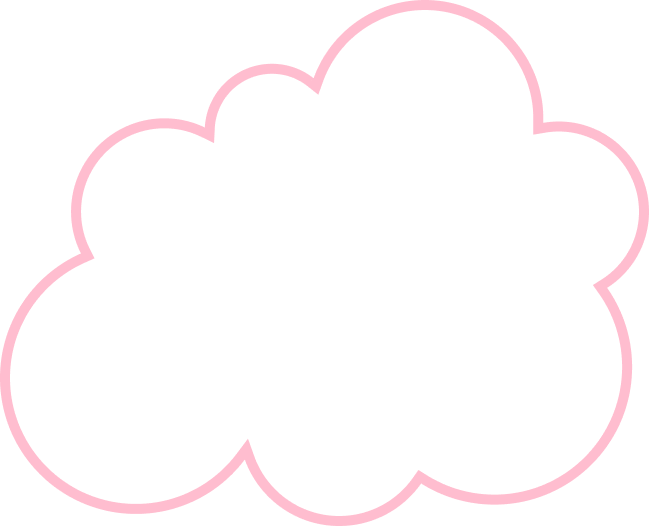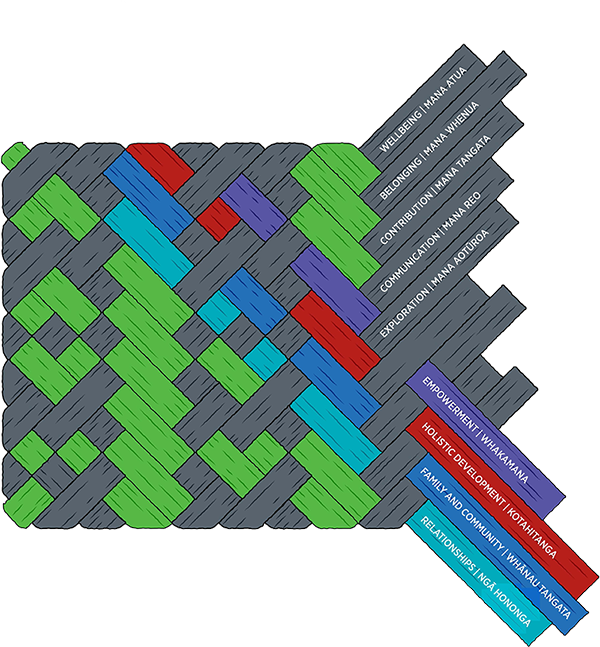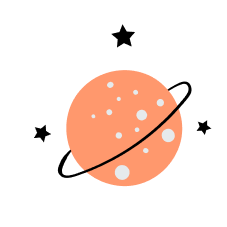


At Wonder Kids, curiosity ignites a lifelong love of learning, and every child's unique potential is cherished. With five vibrant centres across the North Island—Wellington City, Kapiti, Masterton, Whanganui, and Stratford.
Our dedicated educators are passionate about embracing Te Ao Māori, fostering te reo Māori and tikanga Māori. This ensures our tamariki grow in a culturally rich and inclusive space, where their identities are celebrated. We proudly uphold the principles of Te Tiriti o Waitangi, fostering a bicultural environment where children from all backgrounds thrive.
The whariki or woven mat is used in this
document as a metaphor for the ECE
curriculum, in which four curriculum principles
are interwoven with five curriculum strands.
Together, these principles and strands give
expression to the vision for children (pages
5 and 6) that is at the heart of Te Whariki.
Kaiako in ECE settings weave together the
principles and strands, in collaboration with
children, parents, whanau and community,
to create a local curriculum for their setting.
Understood in this way, the curriculum or whariki
is a 'mat for all to stand on'.
Whariki and raranga have symbolic and
spiritual meaning for Maori. Weaving a whariki
takes knowledge, skill and time. It is almost
always done collaboratively. When finished, an
intricately woven whariki is a taonga valued
for its artistry and kaupapa. Pasifika share with
Maori the tradition of weaving whariki, using
techniques and patterns that are specific to their
particular Pacific Island nation.
The whariki can also be understood as a
metaphor for the developing child. Interpreted
in this way, as in Te Whariki a te Kohanga Reo,
the whariki includes four dimensions of human
development: tinana, hinengaro, wairua and
whatumanawa.

The kowhiti whakapae whariki depicted below symbolises the start of a journey that will take the traveller beyond the horizon. The grey represents Te Kore and te po, the realm of potential and the start of enlightenment. The green represents new life and growth. The purple, red, blue and teal have many differing cultural connotations and are used here to highlight the importance of the principles as the foundations of the curriculum.
Source: Te Whariki a te Kohanga Reo, Ministry of Education 2017.

Kindergarten is often the first formal schooling experience for children, typically aged.
High Quality Learning" refers to an educational approach focused on providing students
Talented Staff refers to a team of individuals who possess exceptional skills, expertise